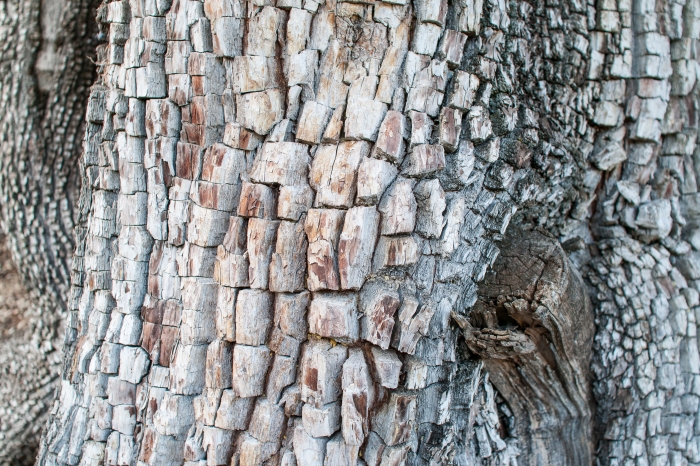Alligator Juniper
(Juniperus deppeana)
Alligator Juniper (Juniperus deppeana)
/
/

Matthew Kowal
CC BY-SA 4.0
Image By:
Matthew Kowal
Recorded By:
Copyright:
CC BY-SA 4.0
Copyright Notice:
Photo by: Matthew Kowal | License Type: CC BY-SA 4.0 | License URL: https://creativecommons.org/licenses/by-sa/4.0 | Uploader: Matthew.kowal | Publisher: Wikimedia Commons | Title: Juniperus_deppeana_(alligator_juniper)_in_the_Magdalena_Mountains,_New_Mexico.jpg | Notes: |






















































Estimated Native Range
Summary
Juniperus deppeana, commonly known as Alligator Juniper, is an evergreen tree or large shrub native to mountainous regions, open woodlands, and grasslands of the Southwestern USA and Northwestern Mexico. It typically reaches 10–15 meters (33–49 feet) in height and is noted for its distinctive bark, which is hard, dark gray-brown, and cracked into small square plates that resemble alligator skin. The adult foliage consists of scale-like leaves 1–3 mm long. The berry-like cones are particularly striking, starting green and maturing to an orange-brown with a whitish waxy bloom, measuring 7–15 mm in diameter. They take about 18 months to mature and are a food source for local wildlife. The male cones are small, 4–6 mm long, and release pollen in the spring. Alligator Juniper is largely dioecious with separate male and female trees, although monoecious individuals can occur.
This species is valued for its unique bark texture and the ornamental berries that attract birds and other wildlife. It is drought-tolerant and suitable for xeriscaping, making it a good choice for low-water-use gardens and natural landscapes in arid regions. Alligator Juniper is also used for erosion control and as a windbreak. It requires full sun exposure and well-drained soils, tolerating a range of soil types, from sandy to clay, as long as they are well-drained. While it is generally low-maintenance, it can be susceptible to juniper blight and occasionally to pests such as bagworms.CC BY-SA 4.0
This species is valued for its unique bark texture and the ornamental berries that attract birds and other wildlife. It is drought-tolerant and suitable for xeriscaping, making it a good choice for low-water-use gardens and natural landscapes in arid regions. Alligator Juniper is also used for erosion control and as a windbreak. It requires full sun exposure and well-drained soils, tolerating a range of soil types, from sandy to clay, as long as they are well-drained. While it is generally low-maintenance, it can be susceptible to juniper blight and occasionally to pests such as bagworms.CC BY-SA 4.0
Plant Description
- Plant Type: Tree, Shrub
- Height: 20-50 feet
- Width: 20-50 feet
- Growth Rate: Slow
- Flower Color: N/A
- Flowering Season: Non-Flowering
- Leaf Retention: Evergreen
Growth Requirements
- Sun: Full Sun
- Water: Low
- Drainage: Fast, Medium
Common Uses
Bird Garden, Deer Resistant, Drought Tolerant, Fragrant, Hedges, Hummingbird Garden, Low Maintenance, Rabbit Resistant, Street Planting
Natural Habitat
Mountainous regions, open woodlands, and grasslands
Other Names
Common Names: Checker Bark Juniper, Checker-Bark Juniper, Enebro Chino, Cedro, Cedro Chino, Táscate, Táscate Blanco, Tláscal
Scientific Names: , Juniperus deppeana, Juniperus thurifera, Juniperus pachyphloea, Juniperus pachyphlaea f. ericoides, Juniperus pachyderma,
GBIF Accepted Name: Juniperus deppeana Steud.